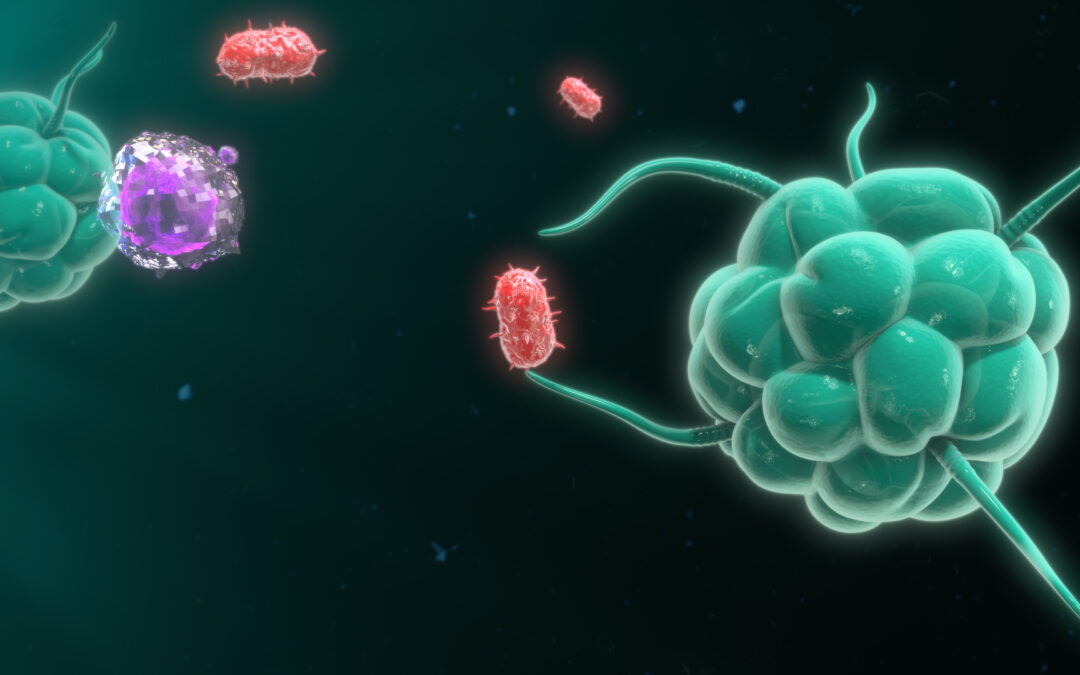
by Olwen Reina | Jul 5, 2017 | Disease Models
You’re in a bakery full of delicious treats. After a lot of soul-searching, you set your heart on a pecan danish. You reach for your wallet. But wait – how did you go from deciding how wanted your wallet to having your wallet in your hand? Thank your motor...

by Olwen Reina | Aug 9, 2017 | Disease Models
Nature defines skin models as “experimental systems that recreate aspects of human skin physiology, function, or disease”. Skin models include in vitro models, ex vivo cultures, and animal models. With rising ethical concerns of using animals for certain applications...

by Karen O'Hanlon Cohrt | Dec 17, 2017 | Disease Models
Have you heard of the retinal pigment epithelium? Well, the retinal pigment epithelium (or RPE) is located at the interface between the light-sensitive outer parts of the visual cells (photoreceptors) in the retina and the blood supply of the choroid in the eye...

by Karen O'Hanlon Cohrt | Jan 4, 2018 | Disease Models
Anyone who follows popular science news will have noticed that mesenchymal stem cells (MSCs) have gained traction in recent years. Alleviating chronic back pain, enabling stroke sufferers to walk again, manmade tracheas and a cure for Crohn’s disease – these are just...

by Karen O'Hanlon Cohrt | Jan 31, 2018 | Disease Models
For anyone who has studied biology, macrophages have most likely been on your reading list at one point or another. Microglia on the other hand are less likely to feature on your undergraduate syllabus (or else I’m older than I like to admit!). In this post, we...

by Karen O'Hanlon Cohrt | Mar 4, 2018 | Disease Models
Most of us were introduced to phagocytosis as a cellular event where dead host cells, microbial cells or their components, or other foreign bodies are engulfed and often destroyed by specialized cells known as phagocytes. During my undergraduate studies, phagocytosis...







